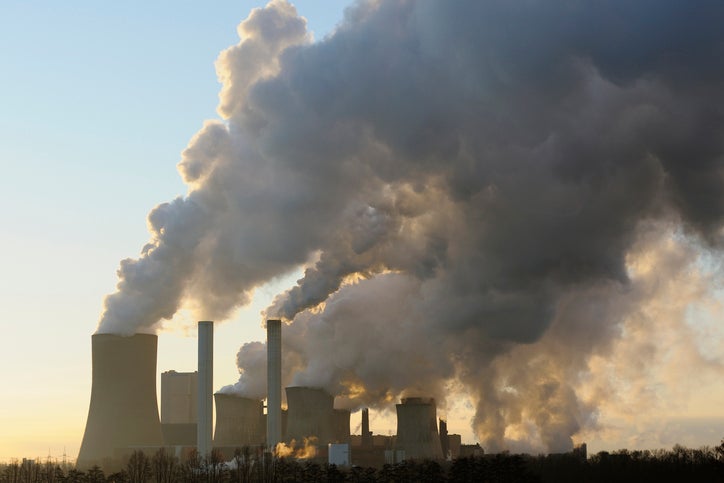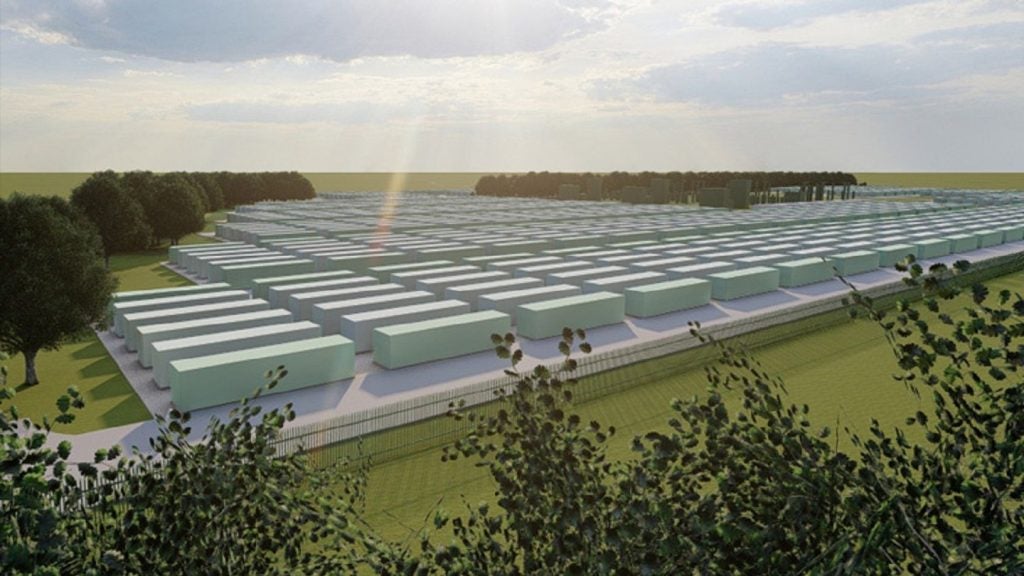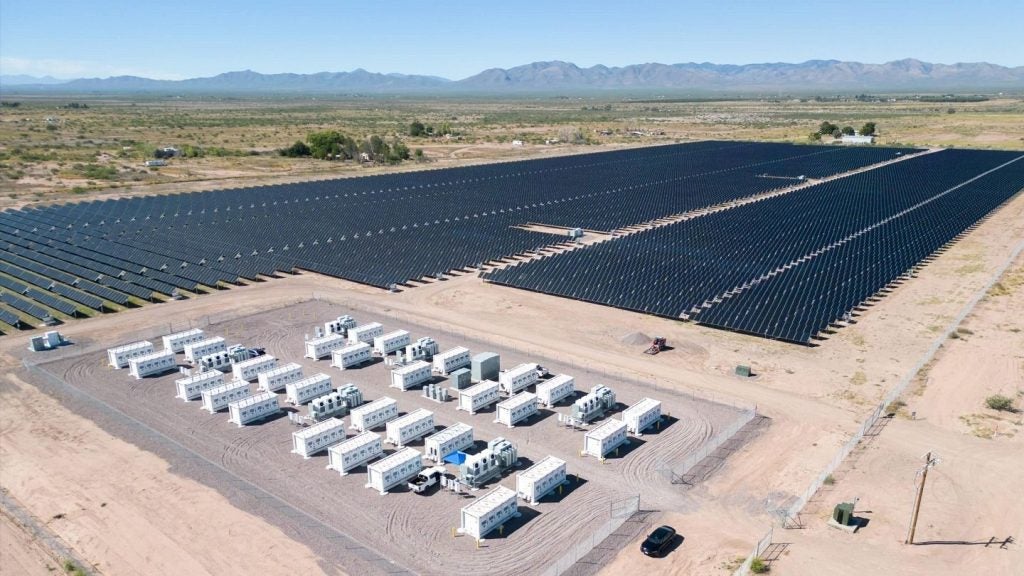European coal-fired power production grew by around 9% in September, meaning total coal generation totalled 23.6 terawatt-hours (TWh), up from 21.6TWh in August.
DBX, a dry bulk data provider, said: “A slight uptick in European coal-fired power generation and a slight decrease in coal imports have pushed spot API 2 coal prices up since the previous month.”
Coal imports to Amsterdam, Rotterdam and Antwerp terminals had dropped to 2.65 million tonnes in September, down from 2.7 million tonnes in August and 2.9 million tonnes in September 2022.
Europe is attempting to phase out coal-fired power generation as it looks to meet its climate targets. Still, high gas prices have prompted an extension of coal generation to ensure security of supply.
Last week, Germany announced plans to extend the use of its coal-fired power stations throughout the winter. The policy was first adopted following energy disruption caused by the war in Ukraine. In September 2022, 36.3% of electricity fed into the German grid was derived from coal-fired power plants, compared with 31.9% in the third quarter of 2021.
The International Energy Agency’s 2022 Coal Market report predicted that it would take until 2025 for coal production in Europe to fall below 2022 levels. The report said: “Only in Germany, with 10GW, is the reversal at a significant scale. This has increased coal generation in the European Union, which is expected to remain at these high levels for some time.”
Despite month-on-month coal production increasing in September, production of hard coal in Europe stood at 55 million tonnes in 2022, 80% less than the 277 million tonnes in 1990. Between 2018 and 2022, consumption of hard coal dropped by a fourth and brown coal by a fifth.















